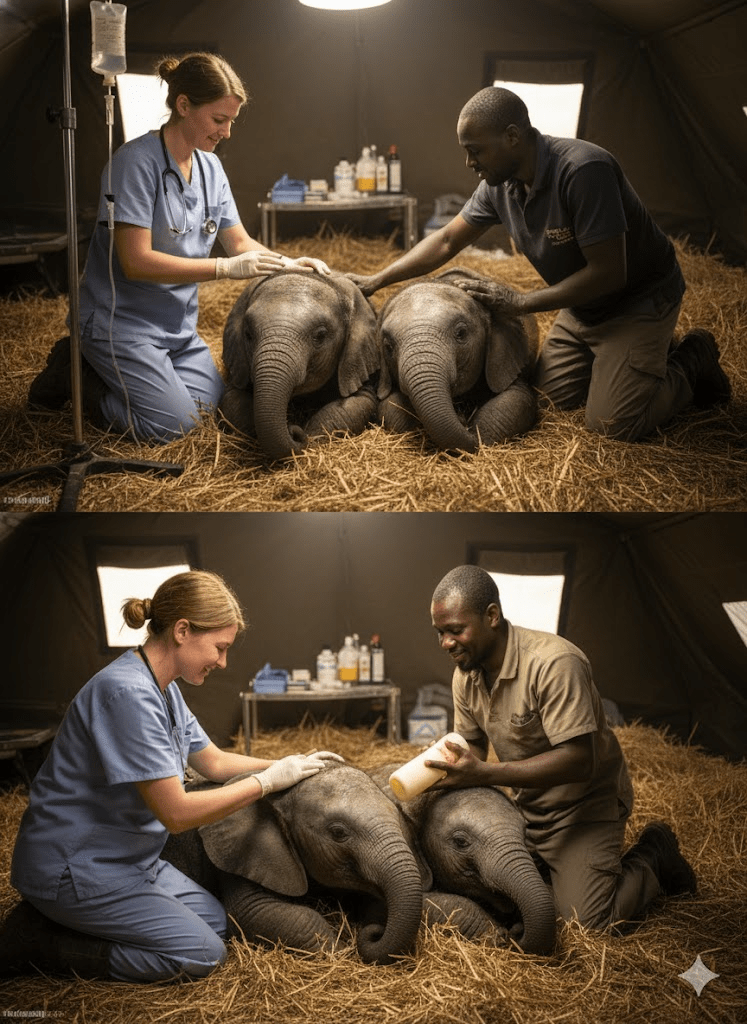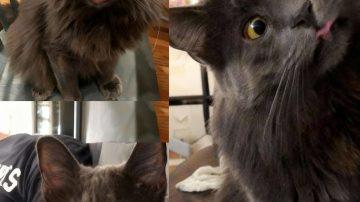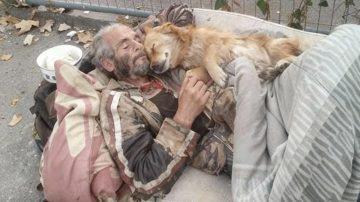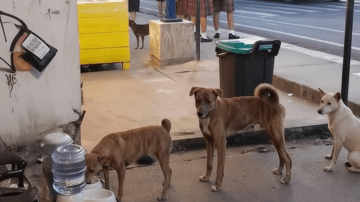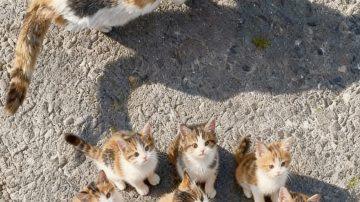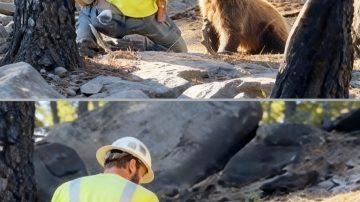The air hung heavy with the dust of a prolonged drought, casting a pall over the usually vibrant landscape of Zimbabwe’s Gonarezhou National Park. For weeks, the sun had relentlessly baked the earth, turning once-lush watering holes into treacherous quagmires of thick, clinging mud. It was into one such deadly trap that two young elephant calves, Tess and Mana, had stumbled. Their tiny bodies, barely strong enough to navigate the harsh terrain, quickly sank deeper with every panicked struggle. Their mothers, driven by an instinct to protect but helpless against the unforgiving mud, watched nearby, their mournful trumpeting echoing the calves’ desperate cries. Time was running out, and the situation seemed dire until a glimmer of hope appeared in the form of wildlife photographer Jens Cullmann. On assignment nearby, Cullmann, a veteran observer of the wild, immediately recognized the gravity of the situation. His urgent call for help galvanized a dedicated team of conservationists, park rangers, and local volunteers, all rushing against the clock to the remote, parched location. The scene was heart-wrenching: two innocent lives teetering on the brink, their struggle a stark reminder of nature’s relentless cruelty during times of extreme environmental stress.
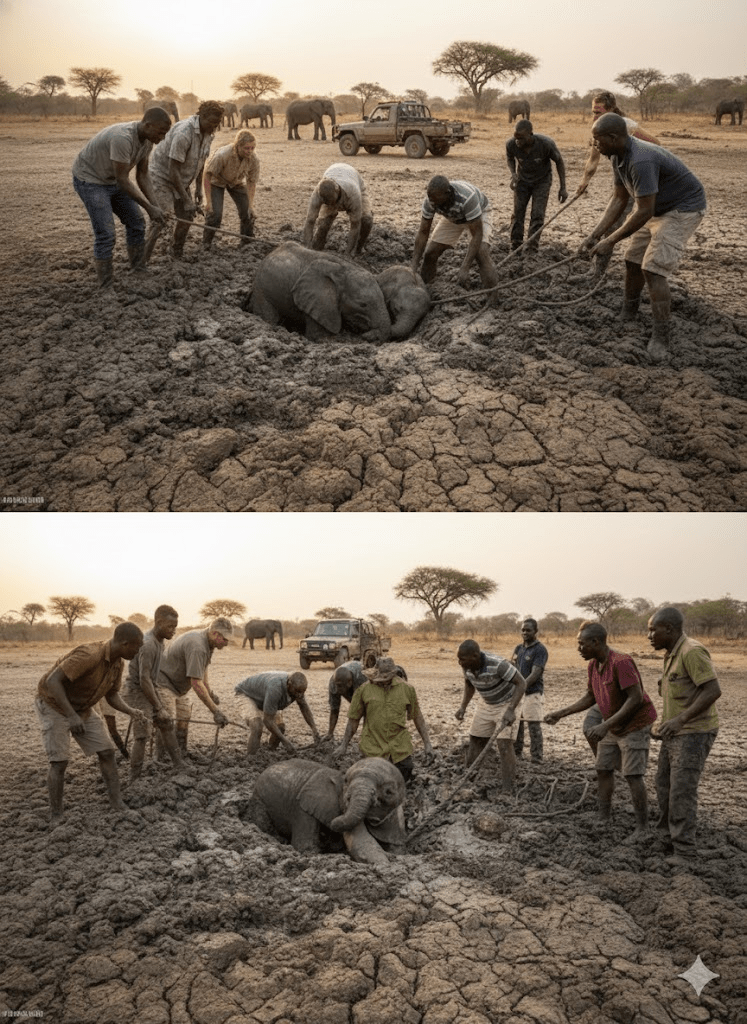
The rescue operation was an arduous and emotionally charged ordeal. The mud, thick and unforgiving, threatened to swallow anyone who ventured too close. The team, working shoulder to shoulder, dug tirelessly with shovels and bare hands, their movements deliberate and cautious to avoid further injuring the terrified calves. Tess and Mana, covered head to toe in the viscous goo, were barely recognizable, their breaths shallow and ragged. Hours turned into an agonizing eternity as the sun beat down, relentlessly testing the endurance and resolve of every person involved. Just as exhaustion threatened to set in, and doubts began to creep into the minds of the rescuers, a crucial decision was made to use ropes and the collective strength of the team to gently, yet firmly, leverage the calves out. This precarious maneuver required immense coordination and precision, a testament to the team’s unwavering commitment.
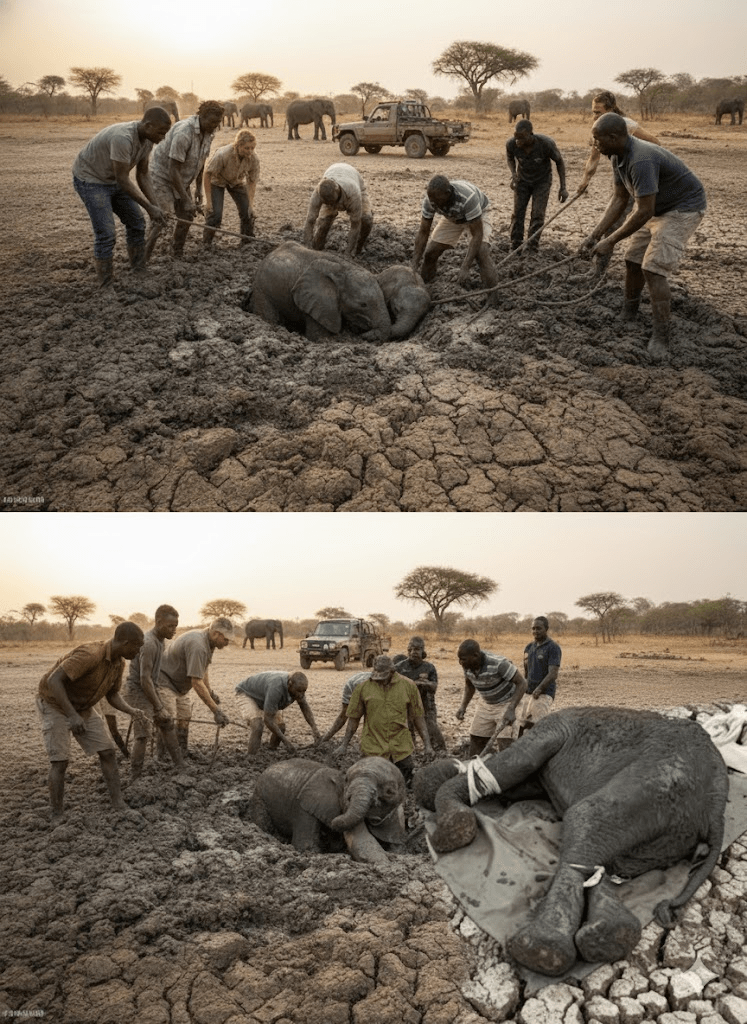
Finally, after what seemed like an eternity, Tess and Mana were pulled free from their muddy prison. The relief was palpable, but the celebration was short-lived. Both calves were in critical condition, frail and utterly exhausted from their ordeal. Their tiny bodies bore the marks of their desperate struggle, and their eyes, once wide with fear, now held a vacant weariness. There was no time to waste; the next crucial phase of their rescue began immediately. The team, still muddy and worn, carefully loaded the calves onto awaiting vehicles, preparing for a perilous journey to a nearby wildlife sanctuary. The road was bumpy and challenging, a race against time to get the weakened elephants the urgent medical attention and care they desperately needed.
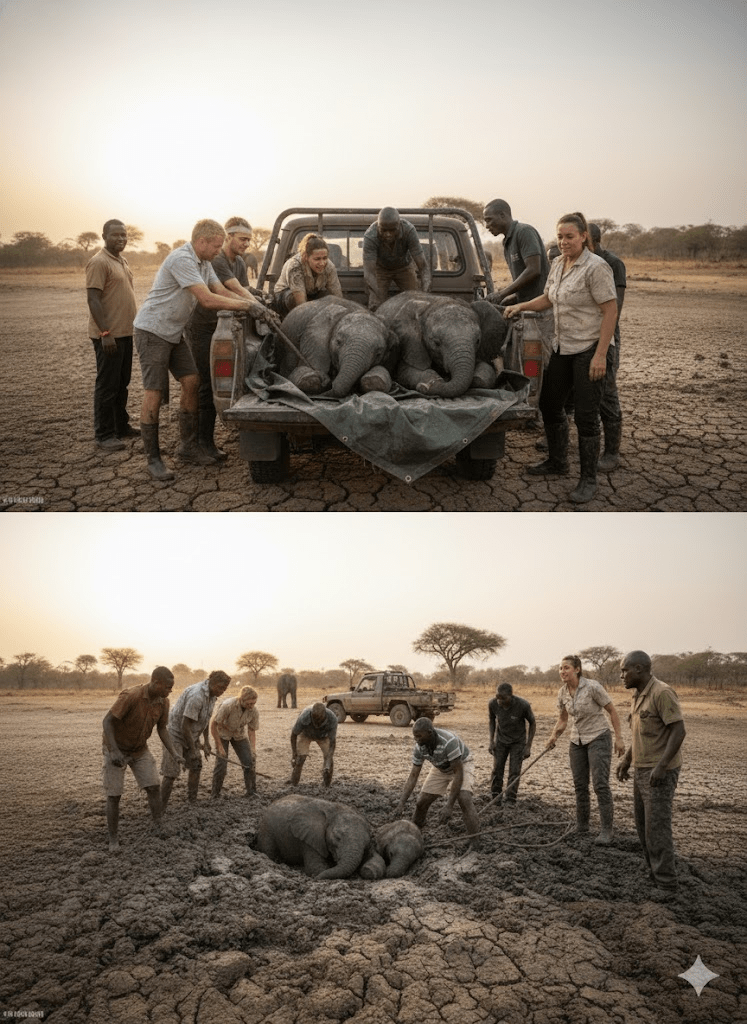
At the sanctuary, Tess and Mana faced a new battle for survival. The dedicated veterinary team and caregivers worked around the clock, administering fluids, medication, and providing gentle physical comfort. The emotional trauma they had endured was as significant as their physical injuries. For days, their recovery hung precariously in the balance. There were moments of despair, when their will to live seemed to wane, but the unwavering dedication of their human caretakers, coupled with the innate resilience of these magnificent creatures, slowly began to turn the tide. Each small improvement, a flicker of interest in their surroundings, a tentative suckle from a bottle, brought renewed hope to the weary but determined team. It was a testament to the power of compassionate intervention.
